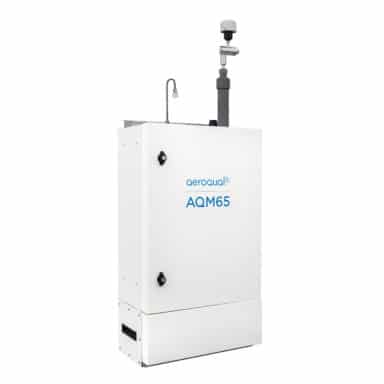When air quality is good, the air is clear and contains only small amounts of solid particles and chemical pollutants. Poor air quality, which contains high levels of pollutants, is often hazy and dangerous to health and the environment. Air quality is described according to the Air Quality Index (AQI), which is based on the concentration of pollutants present in the air at a particular location.
What Is In The Air?
Five major pollutants:
American Environmental Protection Agency (EPA) established an AQI for five major air pollutants regulated by the Clean Air Act. Each of these pollutants has a national air quality standard set by EPA to protect public health:
- Ground-level Ozone:
Ozone is a very reactive substance.
It is created when sunlight reacts with certain chemical emissions (for example nitrogen dioxide, carbon monoxide, and methane). These chemicals can come from industrial facilities. car exhaust, gasoline vapors, and other sources. - Particle Pollution (also known as particulate matter, including PM2.5 and PM10): Particulates such as soot, dust and fumes affecting painted surfaces, fabrics, and buildings
- Carbon Monoxide: The combustion of fossil fuels results in the emission of a variety of pollutants into the atmosphere
- Sulfur Dioxide: it is a corrosive gas that comes from chemical, paper industries when it reacts with the atmosphere it causes acid rain.
- Nitrogen Dioxide: produced from the burning of fossil fuels and is responsible for acid rain when it reacts with the atmosphere. Acid rain causes a tremendous impact on the surfaces of buildings and different materials.

Cairo current Air Quality
Air Monitoring Stations (AQMS)
What it is?
The Air Quality Monitoring Station is meant for monitoring the concentration of air pollutants at various time instances of the day.

The device monitors the air pollution data and sends them to the remote server for data logging and analysis. The device is equipped with various gas sensors like Carbon Monoxide (CO), Nitrogen dioxide (NO2), Sulphur dioxide (SO2), Ozone (O3). Apart from the gas sensors, the device has dust particle sensors for detecting PM10 & PM2.5 size suspended particulate matter in the air.
How it’s located?
There are four criteria for Monitoring Site Location that should that be consideration, either singly or in combination when locating sites, depending on the sampling objective. Orient the monitoring sites to measure the following:
- Impacts of known pollutant emission categories on air quality.
- Population density relative to receptor-dose levels, both short and long-term.
- Impacts of known pollutant emission sources (area and point) on air quality.
- Representative area-wide air quality.
How it works?
The measured data can be remotely monitored and exported in various formats to the local central authorities. The data can be published via the Internet for easy public access to raise awareness on current air pollution levels. This way, the public can prevent outdoor activities and reduce health impacts during heavy polluted days.




